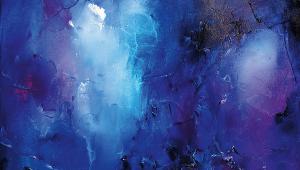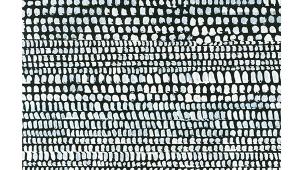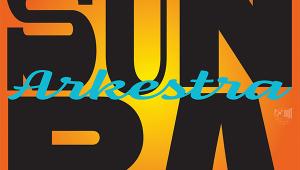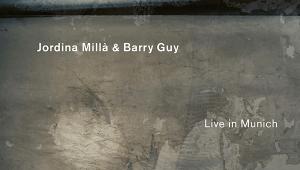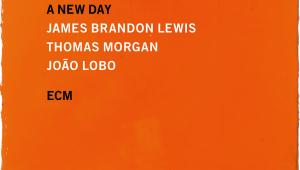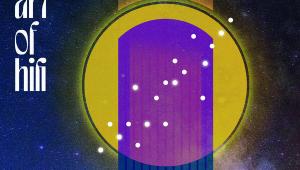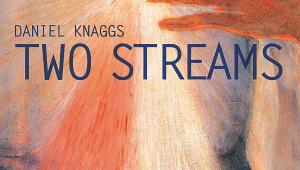Hi-Res Downloads, March 2023
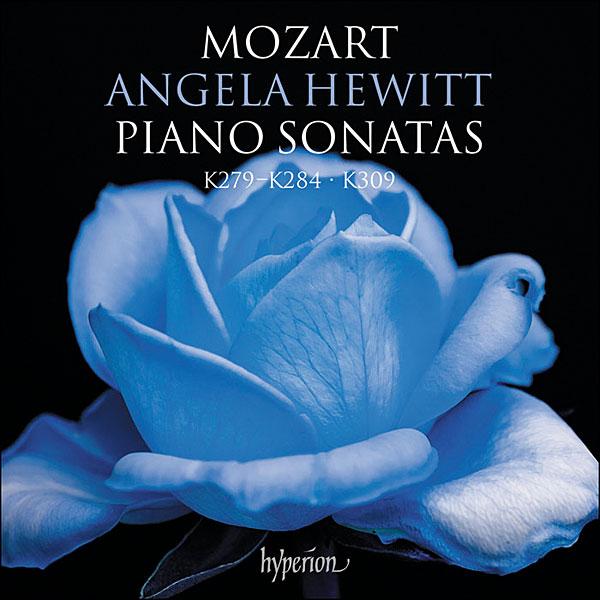
 Angela Hewitt
Angela Hewitt
Mozart Piano Sonatas K279-K284, K309 (96kHz/24-bit, FLAC)
www.hyperion-records.co.uk; Hyperion CDA68411
Classical fans rejoice – this double album is the first release in a planned complete cycle of Mozart piano sonatas by Angela Hewitt, and if they're all as good as this one, we're in for a real treat. Hewitt is on sparkling form, with every note crystal clear thanks to her precise – yet clearly much-enjoyed – playing, while she makes the whole thing sound entirely effortless. The quality of the performance is enhanced by Ludger Böckenhoff's fine recording in the Kulturstiftung Marienmünster, Germany, making Hewitt's Fazioli piano sound suitably luminous and fabulous. It's a generous set, running just over 145 minutes, and in her extensive and very informative liner notes, Hewitt says, 'Having paid my dues to Bach and Beethoven, it seemed a logical and exciting choice to commence a survey of the Mozart sonatas'. That seems like a very fine plan to this reviewer! AE
Sound Quality: 90%
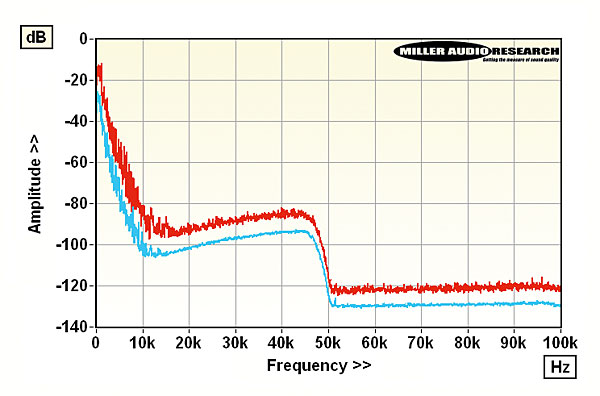
Lab Report
The specific piano played here by Angela Hewitt OBE is not mentioned in the (Kulturstiftung Marienmünster) recording notes, but the practical bandwidth is a typical ~12kHz. Dynamic range is v. good despite some excess analogue noise. PM
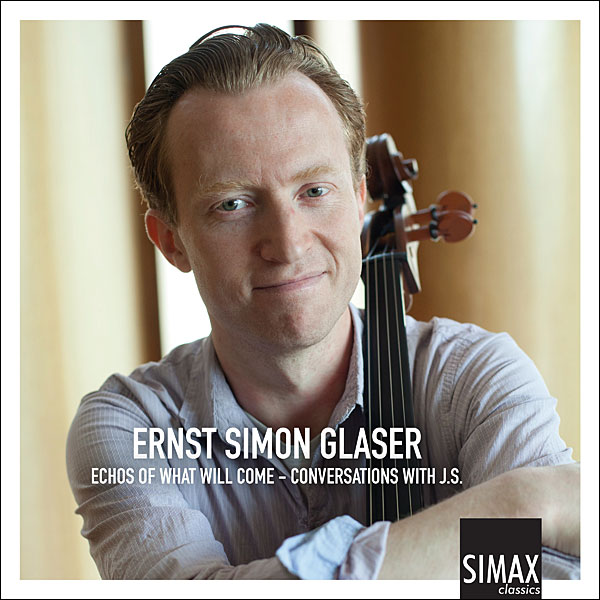
Ernst Simon Glaser
Echoes Of What Will Come – Conversations with J.S. (96kHz/24-bit, FLAC)
www.prestomusic.com; Simax PSC1380
There's a potent Norwegian theme here – cellist Glaser is a native of Ålesund, the son of violinist Ernst Glaser, but moved to England aged six before studying at the RNCM in Manchester. Currently principal cellist in the Gothenburg Symphony Orch., here he combines six new pieces from Norwegian composers with movements from Bach's solo cello suites, the new works complementing and illuminating the familiar sections from J.S. Playing a 1680s Ruggieri cello, Glaser brings a wonderfully rich tonality to pieces old and new, right from the opening 'Echo Of What Will Come' by Magnar Åm, which moves almost seamlessly into the Prelude from Bach's first cello suite. And so the programme progresses, with each new piece set against the work inspiring it, and all recorded in a spacious, generous acoustic. AE
Sound Quality: 90%
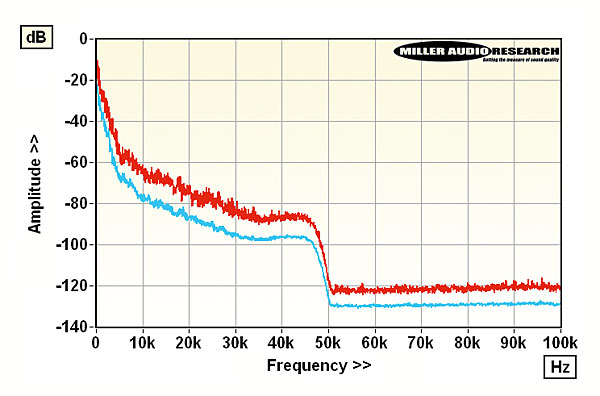
Lab Report
Glaser's Francesco Ruggieri (Cremona) cello stretches out to a phenomenal 30kHz during the 'atonal' tracks while dynamic range is well above average. Peaks are not normalised, so the pieces range from –0.2dBFs to –11dBFs. PM
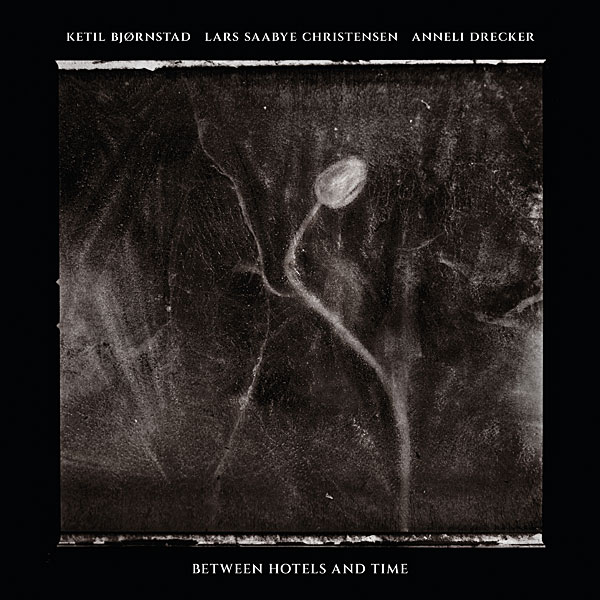
Ketil Bjørnstad
Between Hotels And Time (96kHz/24-bit, FLAC)
grappa.no/en/; Grappa GRCD4719
Yes, there's clearly something going on in Norway. Here's another example in the form of a song-cycle written by composer Bjørnstad and friend of more than four decades, poet Lars Saabye Christensen, whose work he'd previously set to music, including A Suite Of Poems for the ECM label. This new work is performed by Anneli Drecker, who was central to that ECM project, here recording in Oslo's Propellor Studio accompanied by the composer, and engineered by Mike Hartung. Bjørnstad says, 'In only a few seconds he had set up the sound for us... so we both said, "Even though this is actually the first time we're singing this through together, could you please record it right from the start?". That probably accounts for the freshness of the sound of this charming cycle of songs about life on the road – it's theatrical, yes, but oh so appealing. AE
Sound Quality: 85%
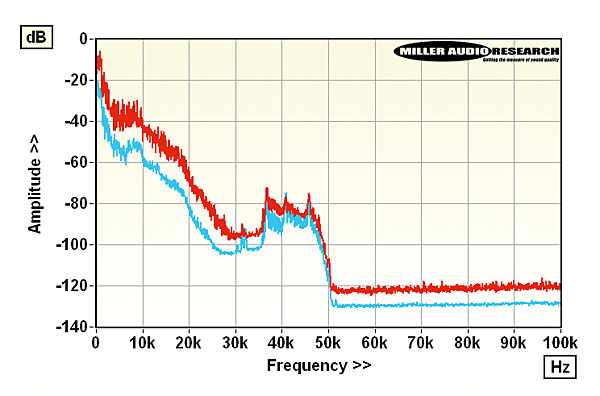
Lab Report
A genuine 96kHz recording, all tracks are normalised to –1dBFs, except trk 17 (–2dBFs). The piano occupies a mere ~10kHz but Anneli Drecker's voice soars across a ~28kHz bandwidth. Sadly, the file has obvious ultrasonic spuriae. PM
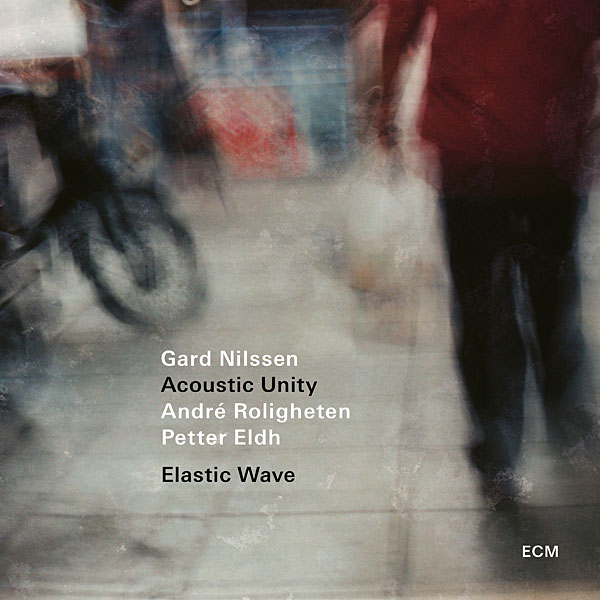
Gard Nilssen/Acoustic Unity
Elastic Wave (44.1kHz/16-bit, WAV)
www.ecmrecords.com; ECM Records ECM 2724
This is the fourth release from Acoustic Unity, but the trio's first for ECM, even though Norwegian drummer Nilssen is no stranger to the label. Nilssen and saxophonist/clarinettist André Roligheten are childhood friends, and while Swedish bassist Petter Eldh met the pair in 2005, they only came together as a trio in 2014, also forming the core of Nilssen's 'Supersonic Orchestra'. That explains the obvious rapport between the three musicians, and also the fact that, while Nilssen's innovative drumming is very obvious, it doesn't dominate the mix in the manner of some sets led from behind the kit. From gentle, lyrical pieces such as Eldh's 'Dreignau' to powering workouts including Nilssen's appropriately titled 'Boogie', the trio has a fresh, vibrant sound, captured persuasively by the ECM team at Studios La Buisssonne in the South of France. AE
Sound Quality: 85%

Lab Report
In practice while the soprano sax and clarinet need a wider bandwidth than this 44.1kHz (CD) rendering can provide, the dynamic range remains generous and peaks are held safely between –0.5dBFs and –1.5dBFs across all 11 tracks. PM
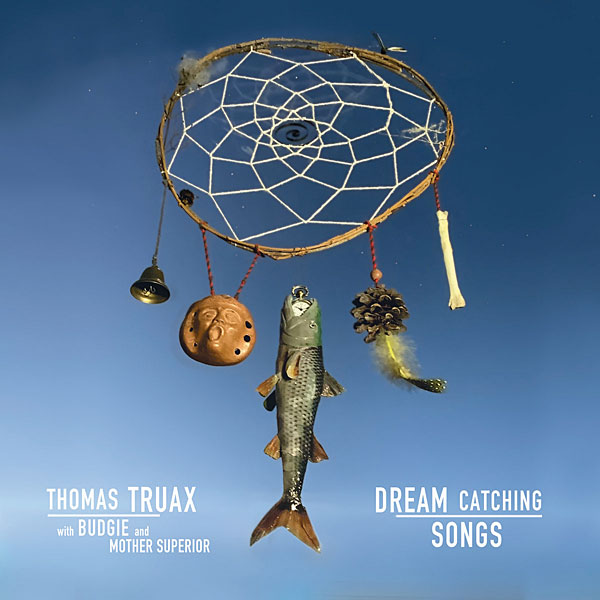
Thomas Truax With Budgie And Mother Superior
Dream Catching Songs (44.1kHz/16-bit, FLAC)
www.thomastruax.com; Psycho Teddy Records
This is the tenth studio album by musician and inventor Truax, and while one of his collaborators is human – legendary Siouxsie And The Banshees/The Slits drummer Budgie – the 'Mother Superior' here is Truax's self-made mechanical drum machine. The story goes that human and machine drummers encountered each other at a festival in Germany and, well, hit it off. Some years later the foundations of this set were laid down in Budgie's Berlin 'bunker' studio, but it was during lockdown in Birmingham that Truax finally completed the album in his home studio. So, this is much more than just another lockdown project, and the album lives up to that with a quirky, sometimes surreal sound, combining everything from punk sensibilities to elements of Americana and electronica. It's odd, but still hugely enjoyable. AE
Sound Quality: 80%
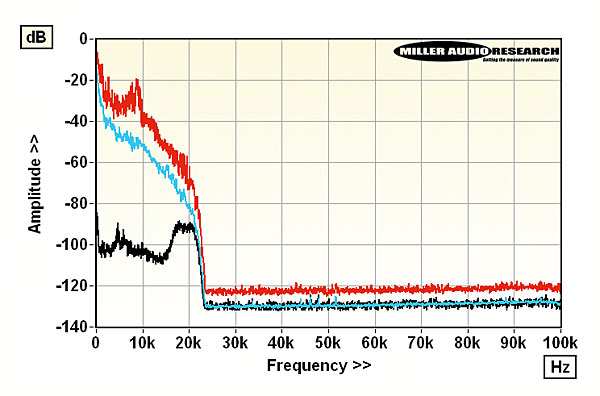
Lab Report
While dynamic range falls well within the –0.2dBFs normalisation and analogue system noise [black], unhindered by the 16-bit code, the real limit to hosting Thomas Truax's 'mechanical' instruments is the 22kHz (CD) bandwidth. PM


